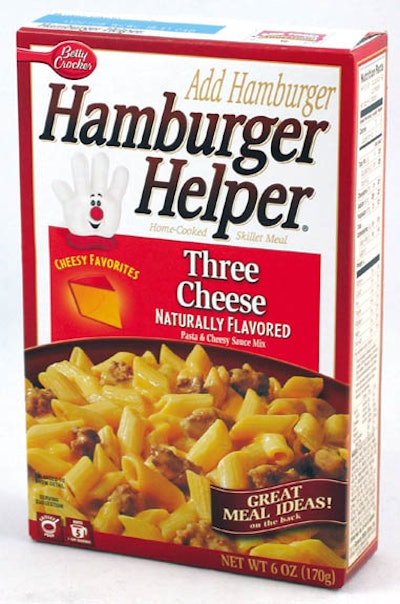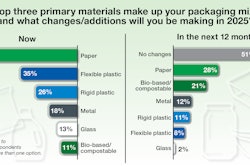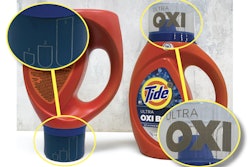
As Zettlemoyer-Lazar advises, brand owners designing packaging for sustainability should take a holistic approach, evaluating not just the package, but also the product to be contained within.A model example—and one cited on several occasions by Wal-Mart CEO Lee Scott—comes from General Mills, which recently re-engineered the physical attributes of the noodles within its Betty Crocker Hamburger Helper meals to enable the design of a smaller carton size.
“The company increased the density of the pasta shapes so they could be packed more tightly and in a smaller box,” explains General Mills corporate public relations manager Kirstie Foster. “We also reduced the number of pouches in each carton. These changes resulted in a 20% reduction of package size.”

























